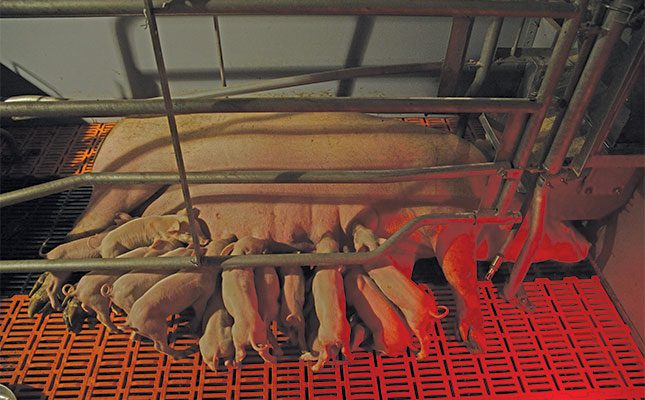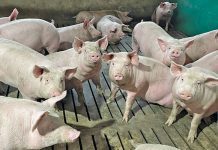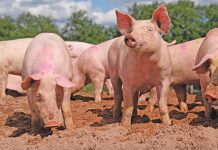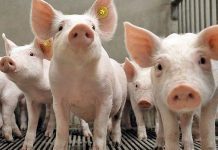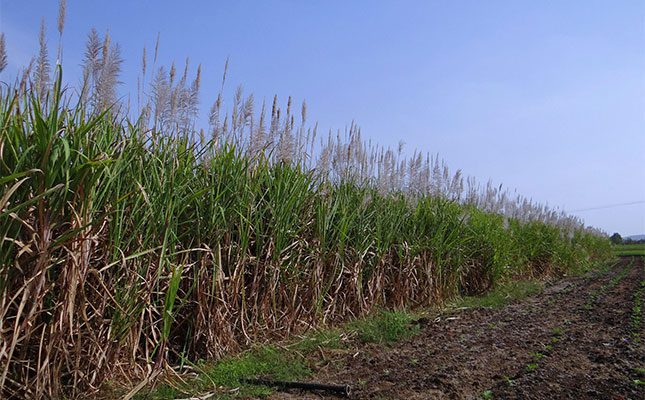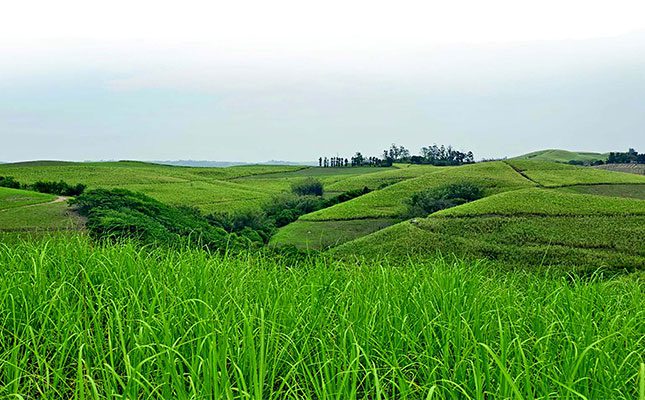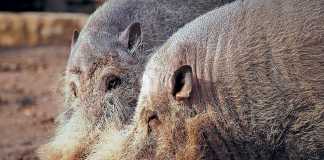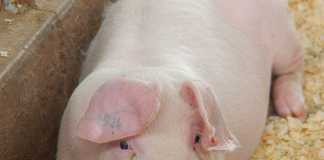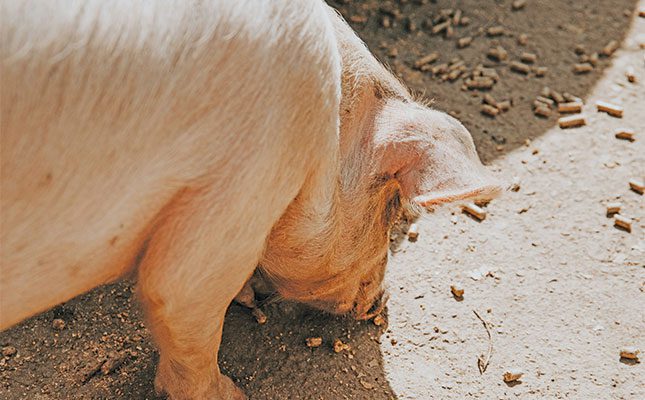
Photo: Supplied
In the realm of pig farming, biosecurity isn’t just best practice; it’s a necessity. For South African farmers, the risks posed by diseases like African swine fever (ASF) and foot-and-mouth disease (FMD) demand rigorous biosecurity measures from the very beginning.
Yet biosecurity is only one component of a successful pig farm. To thrive in a competitive market and meet the criteria of local and international buyers, farmers must also ensure nutritional standards and sustainable practices are prioritised.
To delve deeper into these essentials of pig farming, JD Mostert, a consulting swine nutritionist at CS Vet, and Dr Stefan Steyn, a technical and regulatory veterinarian at Afrivet, share their insights with Farmer’s Weekly.
Biosecurity: The Non-Negotiable Foundation
Mostert emphasises the importance of biosecurity in pig farming: “If you don’t have biosecurity, don’t start farming pigs at all.”
The primary role of biosecurity is to act as a prevention barrier, stopping disease from entering the farm. Should disease make its way onto the farm, however, biosecurity then acts as a protection barrier, stopping the spread of the disease among all the animals in the herd.

Steyn says biosecurity involves “physical and procedural barriers between the farm and the biological challenges of the outside world”.
In the case of ASF, for example, the disease can spread rapidly if robust biosecurity measures are not in place. As ASF has a high mortality rate, farmers can expect to lose most, if not all, of their pigs. This is obviously devastating to the farmer’s operation and could lead to the farmer having to exit the industry.
In diseases like FMD, which does not have a high mortality rate, biosecurity measures are equally important. FMD can result in reduced production, compromised feed intake and decreased feed conversion efficiency, causing massive economic losses for farmers.
Other conditions, such as porcine parvovirus, can lead to reproductive issues, resulting in reduced litter sizes and increased rates of stillbirths.
“Biosecurity is an immensely important attribute to any thriving pig farm and forms a foundation if one wants to grow into different markets,” says Steyn.
Compartmentalisation and Compliance
One vital component of biosecurity for pig farms is compartmentalisation. As defined by government, it requires farms to be certified as biosecure before they are permitted to engage in certain activities, such as selling or slaughtering pigs.
“We aim to have all our pig farms compartmentalised according to government regulations. A state vet should actually sign off your premises as being biosecure for [the purpose of] keeping pigs,” says Mostert.
By adhering to these stringent standards, farms can protect themselves from disease outbreaks and gain access to a broader market. Certified pig farms, for example, are allowed to sell their pigs to certified abattoirs, a necessary step for meeting national and international export standards.
“Biosecurity in the swine industry is the backbone of compartmentalisation,” explains Steyn. “It gives regulatory authorities the confidence to open export markets to the farm due to the low risk of disease.”
In addition to governmental certification, Mostert highlights the importance of physical barriers like robust fencing, which should be “concreted into the ground to prevent wild animals from entering”.
This is a serious issue, as diseases can be transmitted by other animals, particularly wild pigs and warthogs. Furthermore, all personnel entering a pig farm should go through a disinfection process, ideally involving a double-shower facility, to ensure contaminants are washed away, as some pathogens can be transmitted via fomites like clothing, shoes, and vehicles.

This high level of access control extends to monitoring the movement of feed and supplies.
“The feed source is also very important,” says Mostert. “When arriving at the farm and offloading [feed], we avoid bringing bags onto the farm because, in the past, ASF has been transferred by the bags rather than the feed itself.”
Instead, feed should be delivered in bulk to reduce the risk of contamination.
While biosecurity may seem costly, it is far more economical to implement these measures than to treat outbreaks.
“When comparing the cost of preventing disease with the cost of urgently treating a large number of pigs following a disease outbreak, prevention comes out cheaper than cure,” he says.
Mostert and Steyn agree that biosecurity is not limited to large-scale operations. For new and small-scale farmers, establishing sustainable biosecurity protocols is also crucial.
Mostert adds that the implementation of biosecurity measures is not a once-off task; it requires continuous planning and adaptation to new challenges.
He describes biosecurity as a “risk analysis”, where farmers must constantly evaluate and adapt their practices to minimise disease transmission risks.
Regular training, veterinary consultations, and updates to infrastructure are indispensable parts of a dynamic biosecurity strategy.
Pig Growth and Health
While biosecurity protects pigs from external threats, nutrition fuels their growth and productivity. Pigs’ nutritional requirements are highly specific, and feeding them correctly is key to realising their genetic potential.
Mostert explains that “nutrition for pigs is actually very scientific” and that all pigs should receive well-formulated feed.
A high-quality diet consists primarily of maize and soya bean, with additional vitamins, minerals, and enzymes to support optimal growth.
One of the main challenges in South Africa is the rising cost of maize, the primary ingredient in pig feed.
“Feed prices are closely tied to the maize price, and unfortunately, there’s been a global trend of increasing maize costs,” says Mostert.
With feed accounting for a significant portion of pig farming costs, this economic pressure has had a serious impact on farmer profitability. Fortunately, though, pig feed has become more readily available, and numerous animal feed suppliers now offer scientifically formulated products tailored to each growth stage.
Pigs have distinct dietary needs depending on their growth phase. Mostert describes the typical feeding stages for a pig, starting from suckling.

At three to four weeks of age, the piglet enters the weaner phase and begins receiving formulated feed that promotes growth.
This phase lasts around 70 days, until the pig reaches a weight of between 25kg and 30kg.
The final stage – the grower phase – sees the pig maturing and reaching its market weight of 100kg by 22 weeks of age.
Suboptimal feeding practices can delay growth, resulting in higher farming costs.
Mostert says pigs can easily reach ages beyond three months, even as much as 18 months, without achieving the desired growth, making them very inefficient to feed.
Building Resilience
The emphasis on biosecurity and quality feeding will continue to shape the pig farming industry. Through their commitment to these practices, farmers not only protect their own investments but also contribute to a healthier and more sustainable agriculture sector in South Africa.
Email JD Mostert at [email protected], or Dr Stefan Steyn at [email protected].

